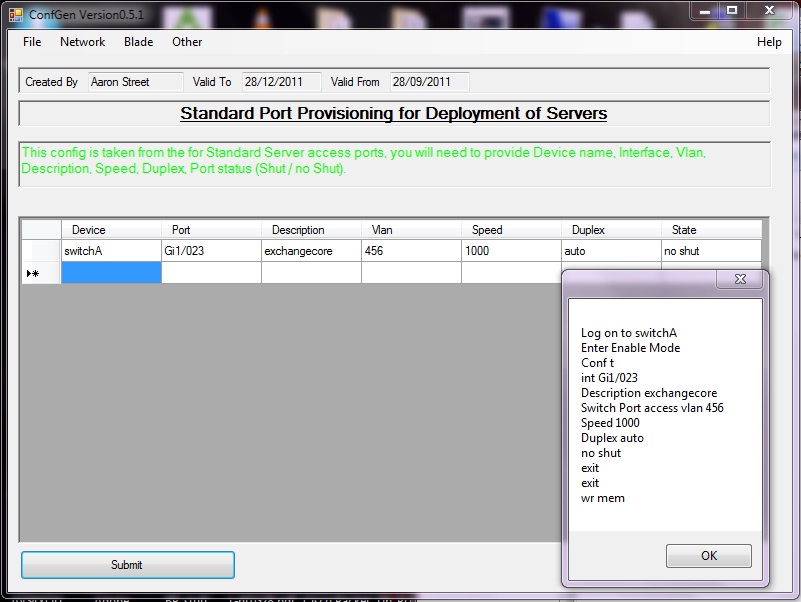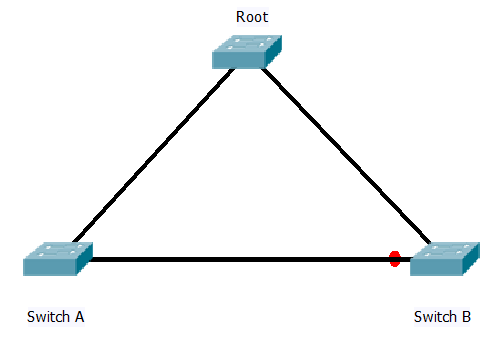Full Instructions from Unbuntu
Well the first question you might ask is why?
- Allows you to boot a system to a second OS leaving the host hard drive untouched, this is similar to a duel boot but rather than having to set up duel boot on every device, you only need them all to have network boot enabled, and can manage the rest from a central server.
- Allows several hosts to boot from the same file system, very useful for some thing like “folding at home” where you might want to uses the resources of a users PC when they are away (out of hours) but do not want to have to install on to there profiles/OS. Changing the single file system updates every machine.
- You can build up mutiply images on the server, each streamlined for a specific job, and simply chose which one to boot to ad-hoc.
In my case I have used this for two purposes, first to run a computer cluster for disease modelling using a system called Condor, booting 16-20 users desktops to a single network image and using them to run models of disease spread for scientific papers.
And now more recently I have used the same principle for creating a GNS3 lab. I have several old laptops, as well as wife’s PC and even an old server. While at work I have access to servers and other lab equipment. I am not able to install Dynamips (GNS3’s back end), on to them all, and even if I could GNS3 runs far more stable on Linux than windows and I can’t guarantee other people will not uninstall or do any thing else that would stop it working.
The basic steps are to install Linux to a single machine, after which you copy this FS to your Server. (you need a server that supports PXE booting, TFTPD, NFS, and DHCP with PXE support)
And second set up your DHCP server to pass the name of the tftp serve along with the location on this server for a boot file.
Now there are more steps and the walk through above is a complete detailed process to get it up and running. If you have a few old boxes around you don’t know what to do with it fun to play with. And will really help you learn the Linux FS.
DevilWAH


